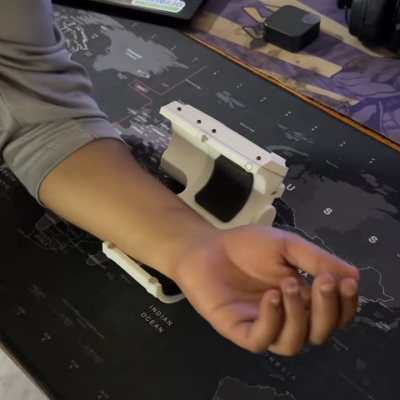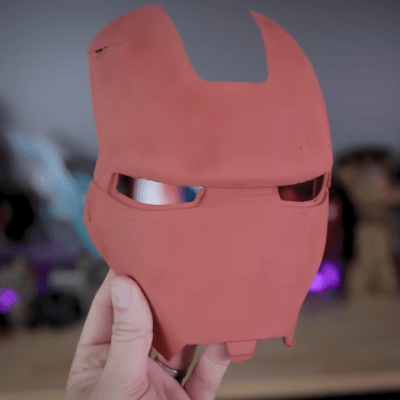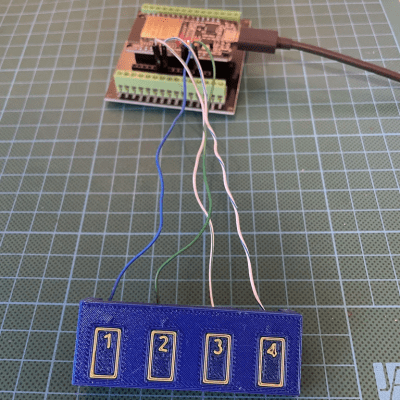[Ancient] has a video showing off a fascinating piece of work: a lip-syncing robot whose animated electro-mechanical mouth works like an IBM Selectric typewriter. The mouth rapidly flips between different phonetic positions, creating the appearance of moving lips and mouth. This rapid and high-precision movement is the product of a carefully-planned and executed build. When we featured this project before, we wanted to see under the hood. Now we can.

[Ancient] dubs the concept Selectramatronics, because its action is reminiscent of the IBM Selectric typewriter. Instead of each key having a letter on a long arm that would swing up and stamp an ink ribbon, the Selectric used a roughly spherical unit – called a typeball – with letters sticking out of it like a spiky ball.
Hitting the ‘A’ key would rapidly turn the typeball so that the ‘A’ faced forward, then satisfyingly smack it into the ink ribbon at great speed. Here’s a look at how that system worked, by way of designing DIY typeballs from scratch. In this robot, the same concept is used to rapidly flip a ball bristling with lip positions.
We first saw this unusual and fascinating design when its creator showed videos of the end result on social media, pronouncing it complete. We’re delighted to see that there’s now an in-depth look at the internals in the form of a new video (the first link in this post, also embedded below just under the page break.)
The new video is wonderfully wordless, preferring to show rather than tell. It goes all the way from introducing the basic concept to showing off the final product, lip-syncing to audio from an embedded Raspberry Pi.
Continue reading “A Closer Look Inside A Robot’s Typewriter-Inspired Mouth”





















